Can you pull a neck muscle. Neck Strain: Causes, Symptoms, and Treatment for Pulled Neck Muscles
What are the common causes of neck strain. How can you identify the symptoms of a pulled neck muscle. What are effective treatments and prevention methods for neck strains.
Understanding Neck Strain: Types and Classifications
A neck strain, often referred to as a pulled neck muscle, is a painful and debilitating injury that can significantly impact an individual’s daily activities, especially for athletes. But what exactly is a neck strain?
A neck strain occurs when one or more muscles in the neck area are stretched or torn. These injuries can affect both deep and superficial muscles responsible for various neck movements, including flexion, extension, rotation, and lateral flexion.
Classification of Neck Strains
Neck strains are typically classified into three categories based on their severity:
- First-degree (Mild) Neck Strain: This involves stretching of the muscle tissue, resulting in pain, tightness, and discomfort during head and neck movements.
- Second-degree (Moderate) Neck Strain: This type involves partial tearing of muscle fibers, leading to increased pain, muscle spasms, swelling, and more significant limitations in head and neck movement.
- Third-degree (Severe) Neck Strain: The most serious classification, involving a complete tear of the muscle, usually at the muscle-tendon junction or where the muscle attaches to the bone. This can result in severe pain, disability, muscle deformity, and significant swelling.
Common Causes and Risk Factors for Neck Strains
Understanding the causes and risk factors associated with neck strains can help in prevention and early intervention. So, what are the primary culprits behind these painful injuries?
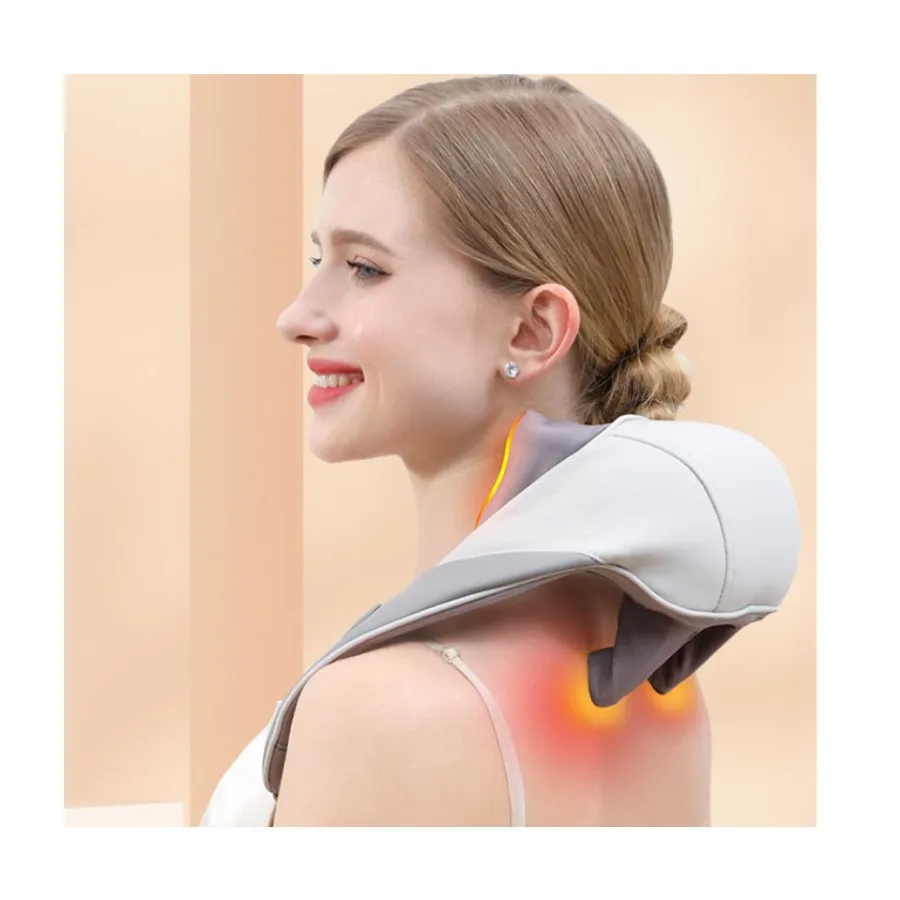
Whiplash-Type Injuries
One of the most common mechanisms for neck strain is a “whiplash-type” injury. While often associated with car accidents, this type of injury can occur in various sports scenarios, including:
- Soccer
- Basketball
- Wrestling
- Football
In these sports, the head may be suddenly snapped forward and then backward, either due to contact with an opponent or the ground.
Overexertion and Sudden Movements
Neck strains can also occur when the force applied to the neck muscles exceeds their strength. Examples include:
- A baseball or softball player sliding headfirst into a base, with their head stopping abruptly while their body continues moving forward
- Unequal head-to-head contact in football, forcing one player’s head to one side
- Falls from heights greater than the athlete’s own height
Recognizing the Symptoms of a Neck Strain
Identifying the symptoms of a neck strain is crucial for proper diagnosis and treatment. What signs should you look out for if you suspect a neck strain?
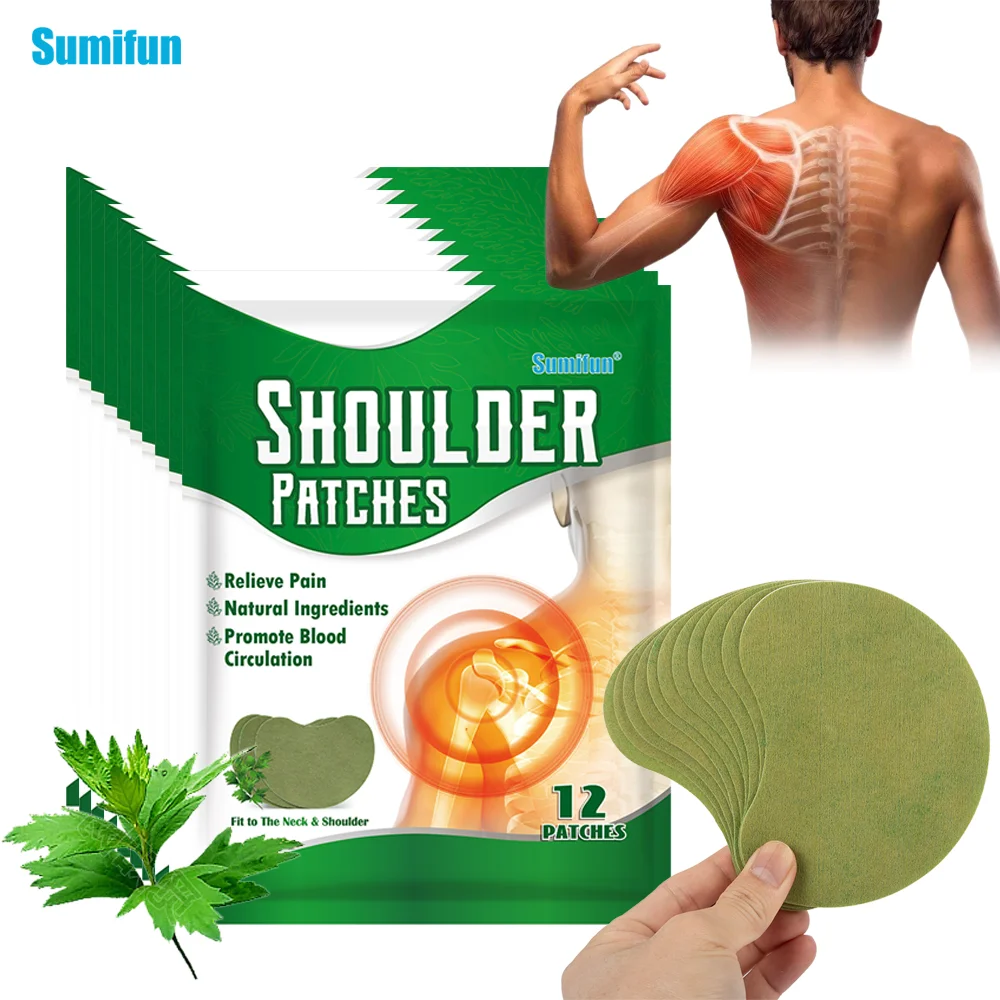
- Pain and stiffness in the neck area
- Limited range of motion in the neck
- Muscle spasms in the neck and surrounding areas
- Swelling and potential discoloration (in more severe cases)
- Headaches, particularly at the base of the skull
- Increased pain with certain movements or positions
It’s important to note that the severity of symptoms can vary depending on the grade of the strain. In cases of severe neck strains, immediate medical attention is crucial to rule out more serious injuries.
Diagnosing Neck Strains: Medical Evaluation and Imaging
How do medical professionals diagnose neck strains? The process typically involves a combination of methods:
Medical History and Clinical Evaluation
A thorough medical history and clinical evaluation are usually sufficient for diagnosing a neck strain. The healthcare provider will ask about the circumstances of the injury and perform a physical examination to assess pain levels, range of motion, and muscle strength.
Imaging Tests
In some cases, especially when more severe injuries are suspected, the physician may order imaging tests such as:

- X-rays: To rule out bone fractures or misalignments
- MRI (Magnetic Resonance Imaging): To evaluate soft tissue injuries, including muscle tears, ligament damage, or potential disc issues
These tests help ensure that more serious conditions, such as spinal cord injuries or disc herniations, are not overlooked.
Treatment Approaches for Neck Strains
What are the most effective treatment methods for neck strains? The approach typically depends on the severity of the injury but often includes a combination of the following:
Immediate Care (R.I.C.E. Method)
- Rest: Avoiding activities that exacerbate pain
- Ice: Applying cold packs to reduce inflammation and pain
- Compression: Using a soft collar or wrap to provide support (under medical guidance)
- Elevation: Keeping the head slightly elevated while resting
Pain Management
Over-the-counter pain relievers such as ibuprofen or naproxen can help manage pain and reduce inflammation. In more severe cases, prescription medications may be necessary.
.jpg)
Physical Therapy
Once the acute phase has passed, physical therapy plays a crucial role in recovery. A physical therapist can guide patients through exercises to:
- Improve range of motion
- Strengthen neck muscles
- Enhance flexibility
- Correct posture issues that may have contributed to the injury
Alternative Therapies
Some individuals find relief through alternative treatments such as:
- Massage therapy
- Acupuncture
- Chiropractic care (under proper medical supervision)
It’s important to consult with a healthcare provider before pursuing any alternative treatments to ensure they are appropriate for your specific condition.
Rehabilitation Exercises for Neck Strains
Rehabilitation exercises are crucial for recovering from a neck strain and preventing future injuries. What are some effective exercises for neck strain rehabilitation?
Range of Motion Exercises
These gentle exercises help improve flexibility and reduce stiffness:
- Neck rotations: Slowly turning the head from side to side
- Neck tilts: Gently tilting the head towards each shoulder
- Chin tucks: Tucking the chin down towards the chest
Strengthening Exercises
As recovery progresses, strengthening exercises can be introduced:
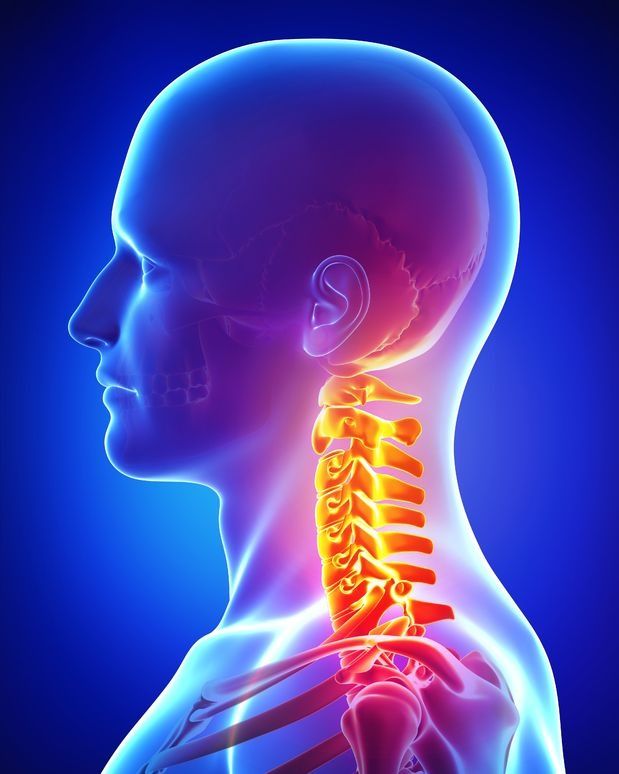
- Isometric exercises: Applying gentle pressure with the hand against the head in various directions while keeping the head stationary
- Resistance band exercises: Using a resistance band to perform controlled neck movements
Postural Exercises
Improving posture can help prevent future neck strains:
- Shoulder blade squeezes
- Chest stretches
- Upper back strengthening exercises
It’s crucial to perform these exercises under the guidance of a healthcare professional or physical therapist to ensure proper form and avoid exacerbating the injury.
Preventing Neck Strains: Strategies for Athletes and Non-Athletes
Prevention is always better than cure when it comes to neck strains. How can individuals, especially athletes, reduce their risk of experiencing a neck strain?
Neck Strengthening Exercises
Regular neck strengthening exercises can help muscles withstand greater forces without injury. These should target all neck motions:
- Flexion (chin to chest)
- Extension (looking up)
- Rotation (turning side to side)
- Lateral flexion (ear to shoulder)
Proper Technique and Equipment
For athletes, using proper technique and appropriate protective equipment is crucial. This may include:
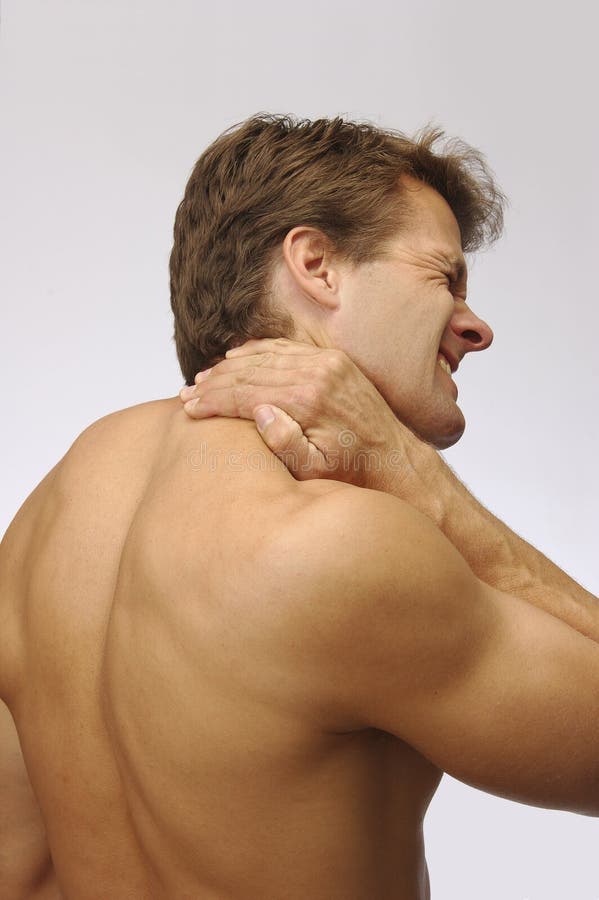
- Wearing well-fitted helmets in contact sports
- Learning and practicing safe tackling techniques in football
- Using proper heading techniques in soccer
Ergonomic Considerations
For non-athletes, particularly those who spend long hours at a desk, ergonomic considerations are important:
- Maintaining good posture while sitting and standing
- Setting up workstations to minimize neck strain
- Taking regular breaks to stretch and move
Warm-Up and Cool-Down Routines
Incorporating neck-specific warm-up and cool-down routines before and after physical activities can help prepare the muscles for exertion and aid in recovery.
Recovery Time and Return to Activity After a Neck Strain
One of the most common questions among those who have experienced a neck strain is: “How long will it take to recover?” The answer varies depending on several factors:
Factors Affecting Recovery Time
- Severity of the strain (first, second, or third degree)
- Individual healing rates
- Adherence to treatment and rehabilitation protocols
- Overall health and fitness level
- Age (younger individuals typically heal faster)
Typical Recovery Timelines
While recovery times can vary significantly, here are some general guidelines:
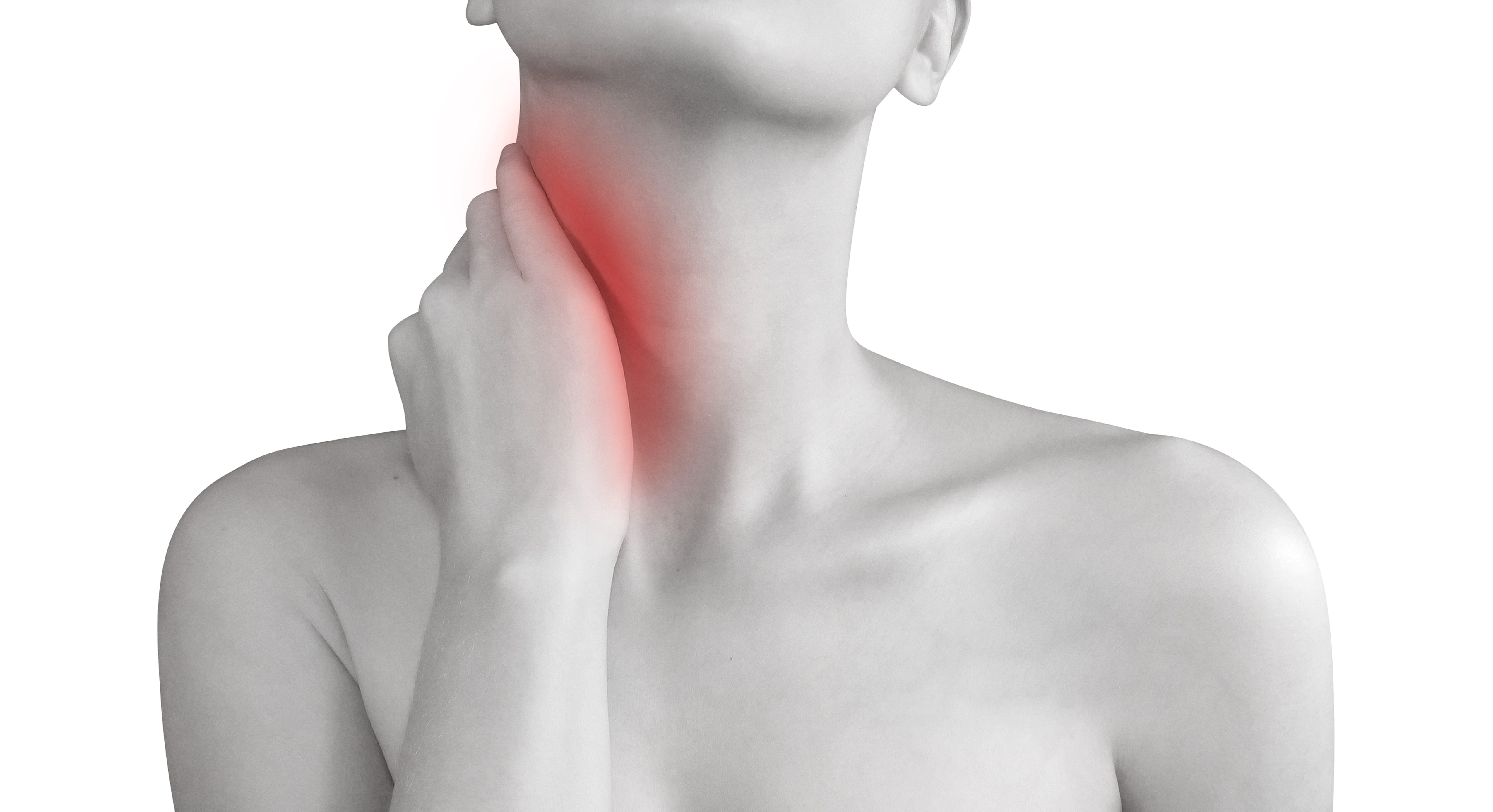
- Mild (First-Degree) Strains: May resolve in a few days to a week with proper care
- Moderate (Second-Degree) Strains: Often require 2-4 weeks for full recovery
- Severe (Third-Degree) Strains: Can take 6-8 weeks or longer and may require more intensive treatment
Returning to Activity
The decision to return to normal activities or sports should be made in consultation with a healthcare provider. Generally, individuals should be able to:
- Perform normal daily activities without pain
- Demonstrate full range of motion in the neck
- Show adequate strength in neck muscles
- Complete sport-specific drills without pain or limitation (for athletes)
A gradual return to activity is often recommended to minimize the risk of re-injury.
When to Seek Medical Attention for a Neck Strain
While many neck strains can be managed at home, there are situations where professional medical attention is necessary. When should you consult a doctor for a neck strain?
Red Flags Requiring Immediate Medical Care
Seek immediate medical attention if you experience any of the following symptoms along with neck pain:
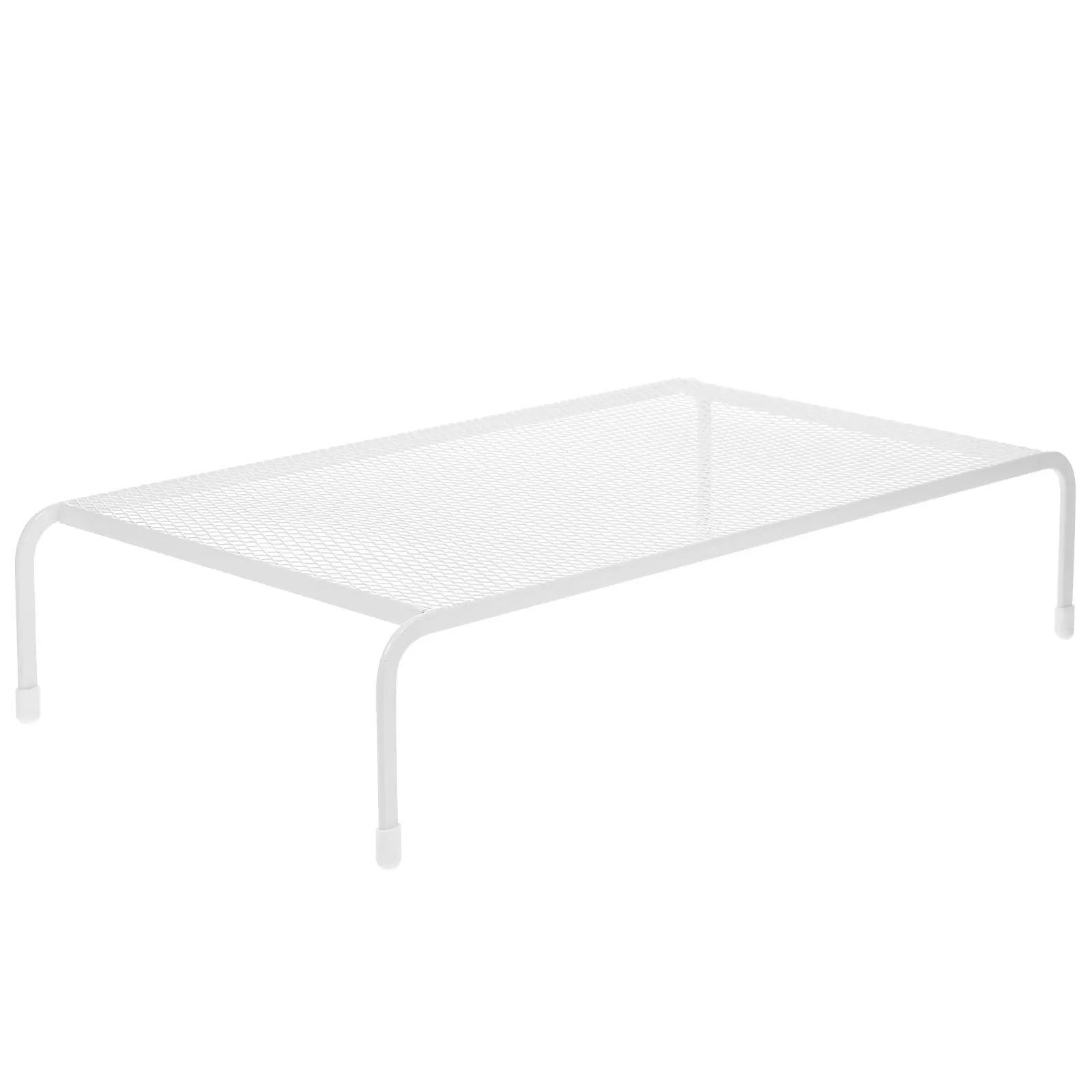
- Severe pain that doesn’t improve with rest and over-the-counter pain relievers
- Numbness, tingling, or weakness in the arms or legs
- Loss of bladder or bowel control
- Difficulty with balance or coordination
- Severe headache, especially if accompanied by fever
- Pain that radiates down the arm
- Any neck injury resulting from a high-impact accident or fall
When to Schedule a Non-Emergency Appointment
Consider scheduling a doctor’s appointment if:
- Pain persists for more than a week despite home treatment
- You’re unable to perform daily activities due to pain or stiffness
- You experience recurrent neck strains
- You’re unsure about the cause of your neck pain
Remember, it’s always better to err on the side of caution when it comes to neck injuries. A healthcare professional can provide an accurate diagnosis and recommend the most appropriate treatment plan.
Neck Strain | Symptoms, treatment and rehab exercises
By Terry Zeigler, EdD, ATC
Last Updated on January 17, 2023 by SportsMD
A neck strain is a painful and debilitating injury because the pain and associated muscle spasm can inhibit any and all movements of the head/neck. For an athlete who needs to have full movement of his/her head, a neck strain can sideline an athlete until the injury has healed. Athletes who try to play through the pain of a neck strain may inadvertently prolong the healing process.
A strain is an injury to a muscle. A strain to a neck muscle can include any of a number of either deep or superficial muscles located around the neck. The muscles of the neck are responsible for the following movements including flexion (chin to chest), extension (eyes to ceiling), rotation, and lateral flexion (ear to shoulder).
When any one of these muscles becomes injured, the movements of the head can become severely limited because strained muscles often result in associated muscle spasms in the injured or surrounding muscles.
While a strain is a tear to the muscle fiber, a spasm is an involuntary contraction of the muscle that tightens the muscle to a point where movement is not possible. Muscle spasm is a mechanism of the body to protect injured or weakened muscles and often accompanies a muscle strain.
Classifications of neck strains
Muscle strains are classified as mild (first degree), moderate (second degree), or severe (third degree) depending on their severity.
First degree neck strain:
Are the result of a stretching of the muscle tissue that results in pain, tightness, and discomfort with movement of the head/neck. Depending on the muscle that is affected, some or all movements of the head/neck may be painful for the athlete.
Moderate or second degree neck strain:
Muscle strains are caused by the actual tearing of some of the muscle fibers within the muscle. This can result in increased pain, muscle spasm, swelling discoloration, and increased limitations on head/neck movement.
Third degree or complete tear:
The most severe type of muscle strain is the result of a complete tear of the muscle usually at the place in the muscle where the muscle and tendon connect or at the insertion of the muscle into the bone.
This type of injury is a serious injury that may result in deformity of the muscle, intense pain, disability, muscle spasm, swelling, and discoloration. Any athlete suspected of a third degree muscle strain should be immobilized and immediately referred for medical evaluation and treatment.
Diagnosing neck strain
A neck strain can be easily diagnosed by a medical professional with a thorough medical history and the administration of a clinical evaluation. If other injuries may be suspected, the physician may order an x-ray or MRI to rule out a bone, spinal cord, or disc injuries.
Who gets neck strains?
One of the most common mechanisms of injury for a neck strain is a “whiplash-type” of injury similar to that seen in individuals who have been rear-ended in car accidents. However, in sports, the whiplash occurs when the head is snapped forward and then backward either as a result of contact with an opponent or with the ground.
However, in sports, the whiplash occurs when the head is snapped forward and then backward either as a result of contact with an opponent or with the ground.
This type of injury can be seen in athletes in a number of sports including soccer, basketball, wrestling, and football. Because the head is used as a sports implement in soccer, these athletes are more at risk for a neck strain.
Causes of neck strain
Neck Strain
Besides a “whiplash” mechanism, a neck muscle can be strained anytime the force of resistance is stronger than the muscle itself. For example, a baseball or softball player can sustain a neck strain when sliding headfirst into a bag if his/her head is stopped by the opponent while the momentum of the athlete’s body continues to move forward thus straining the side muscles of the athlete’s neck.
A neck strain can also occur in a head-to-head contact in football if the players’ sizes are unequal. The smaller athlete’s head may be forced to one side resulting in a strained muscle on the opposite side of the neck.
Last, a fall from any height greater than that of the athlete can result in a neck strain secondary to other more severe neck injuries including fracture, cervical spinal cord injury, or disc injury. In any serious neck injury, critical injuries must be ruled out first.
Preventing neck strain
Athletes engaged in contact sports should regularly work on neck strengthening muscles. Muscles that are stronger are better able to withstand greater forces without being injured.
Resistance exercises should be performed to strengthen all of the motions of the neck including flexion, extension, rotation, and lateral flexion. This can be accomplished with manual resistance provided by the athlete (or a buddy) or by a custom designed piece of equipment.
Athletes on contact sports or in sports in which a lot of stress is placed on the head/neck (wrestling) should maintain a strength training program year round to ensure that the muscles are as strong as possible when the athlete needs to compete. This type of proactive strength training program can go a long way to preventing neck muscle strains in contact sports.
This type of proactive strength training program can go a long way to preventing neck muscle strains in contact sports.
Attention to proper mechanics is another key to preventing neck muscle injuries. Ensuring that athletes are taught to not lead with their heads in contact sports is one way to reducing head and neck injuries.
Treatment for neck strain
Acute neck muscle strains should be treated with the P.R.I.C.E. principles – Protection, Rest, Icing, Compression, Elevation – to reduce pain and swelling and reduce secondary injury. Ice packs can be applied to the injured muscle for twenty minutes every two hours for the first two to three days.
Resting the neck muscles is the most important component of treatment in the early healing process. This can be accomplished through the use of a soft collar. The soft collar is designed so that the chin can rest on the front of the collar allowing the muscles surrounding the neck to relax.
The athlete needs to understand that the healing process will take longer if the neck muscles are continuously engaged and contracted (as in holding the head up). The neck muscles will still heal in time, but resting the muscles allows for much quicker healing.
The only other way to rest the muscles of the neck is bed rest. When the head is resting on a pillow, the neck muscles can be at rest. Anytime the athlete is sitting, standing, walking or active, the neck muscles are contracted to keep the head upright.
So if the athlete needs to be active during the day (i.e., attend classes, work, etc.), the athlete should wear a soft collar. The collar should be worn as long as the athlete has pain with any movement of the head (usually a couple of days).
After a couple of days of cryotherapy, the athlete can apply hot packs (moist or dry heat) to the injured area for 10 – 15 minutes at a time. This can be repeated throughout the day as needed.
The heat is effective at reducing muscle spasms and increasing circulation to enhance the body’s own healing process. The relaxation effect of heat can also help relax tight muscles so that the athlete can begin to move his/her head through increasing ranges of motion.
For moderate to severe injuries, a physician may recommend a prescription muscle relaxant or an over-the-counter NSAID to help reduce pain and discomfort.
Once the pain and stiffness begin to decrease, the athlete can begin to work on neck stretching exercises to gain his/her range of motion back. These exercises can be done by the athlete at home. Each can be performed for 20 to 30 seconds and repeated three times.
Increasing neck flexion can be accomplished by having the athlete move his/her chin to the chest until tightness is felt and then placing his/her hands on the back of his/her head. The athlete can then apply pressure pushing the head further into flexion.
Lateral flexion left and right can be increased by having the athlete tilt his/her head sideways trying to touch his/her ear to the shoulder.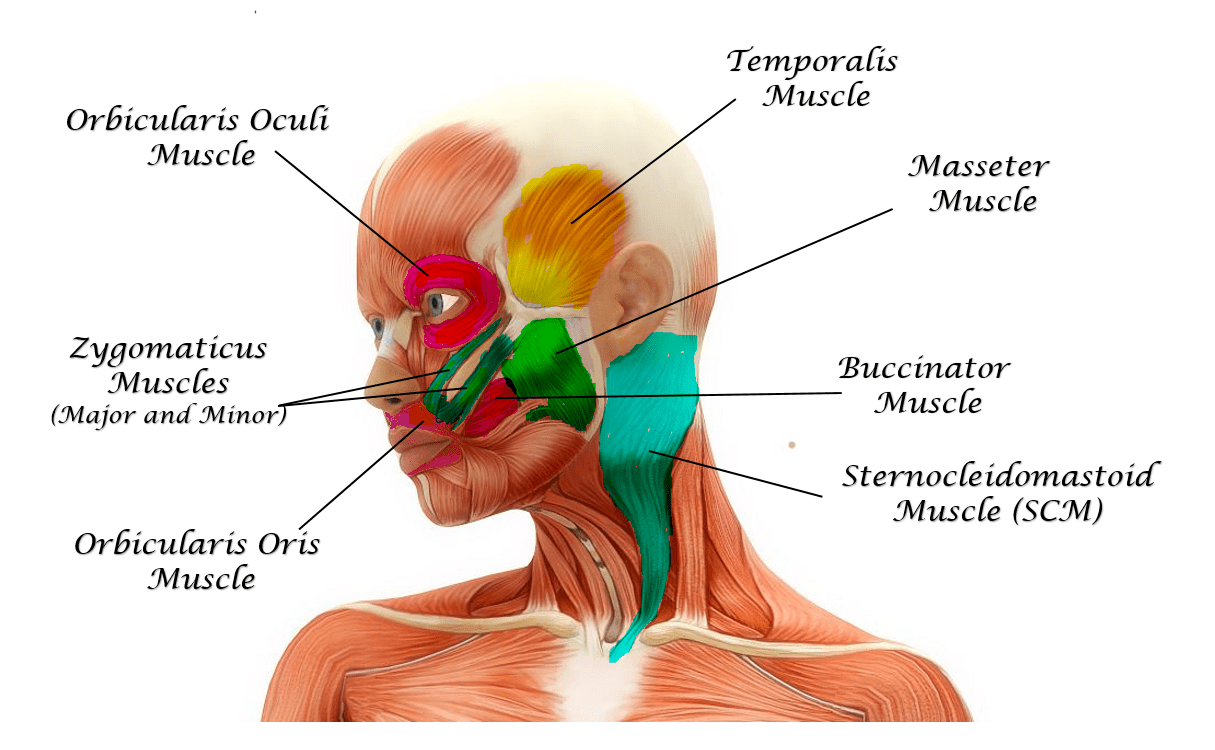 To enhance the stretch, the athlete can place one hand on the top of the head and place light pressure on the head pulling the ear closer to the shoulder. This stretch should be repeated for both the right and left sides.
To enhance the stretch, the athlete can place one hand on the top of the head and place light pressure on the head pulling the ear closer to the shoulder. This stretch should be repeated for both the right and left sides.
Rotation left and right can be increased by turning the head towards the shoulder (opposite the side that is tight) and increasing the stretch by applying additional pressure (by the hand) in the direction of the shoulder at the chin. This stretch can be done for both sides of neck rotation.
After stretching exercises have been completed, the athlete can add strengthening exercises by applying resistance with his/her hands to the head. Because these exercises are done manually, the athlete can perform 3 sets of 10 repetitions for each exercise.
To increase strength of the muscles that extend the head/neck, the athlete needs to start with his/her chin on the chest, place his/her hands on the back of the head, add resistance by pulling, and then slowly extend the head until the eyes are facing the ceiling.
To increase the strength of the muscles that flex the head/neck, the athlete needs to start with the head fully extended (eyes to the ceiling), place his/her hands on the forehead, apply resistance by pushing against the forehead, and then slowly flex the head moving the head forward until the chin is on the chest.
Muscles for head/neck rotation can be strengthened by beginning with the head fully rotated (either right or left with chin over the shoulder) and applying pressure against the chin while the athlete rotates his/her head through the full range until the chin is directly over the opposite shoulder.
Treating neck strain with
KT Tape:
Last, the muscles that laterally flex the head/neck can be increased by relaxing the head/neck and placing the ear towards the shoulder until tight (either right or left), applying resistance with one hand at the side of the head, and slowly moving the head up and over towards the opposite shoulder. This exercise can be repeated for both sides.
This exercise can be repeated for both sides.
Recovery – Getting back to Sport
The athlete can begin functional sports specific exercises when he/she has a full range of motion and full strength in all directions of the head/neck without pain. Functional exercises should mimic the skills that the athlete will need to perform when he/she returns to sport.
Whatever the athlete’s sport, each component of the sport should be included in some type of functional exercise to ensure that the athlete can complete every skill without pain prior to returning to sport.
Good functional drills can begin with regular warm-up drills for the sport. They should include both lower and upper extremity work and should begin at a low intensity (50%) and gradually increase (to the athlete’s tolerance) to full intensity over time.
Once the athlete can complete full intensity functional drills without any pain, the athlete is ready to return to sport. If pain returns when the athlete is performing sport specific drills, then the athlete should stop the activity and apply ice.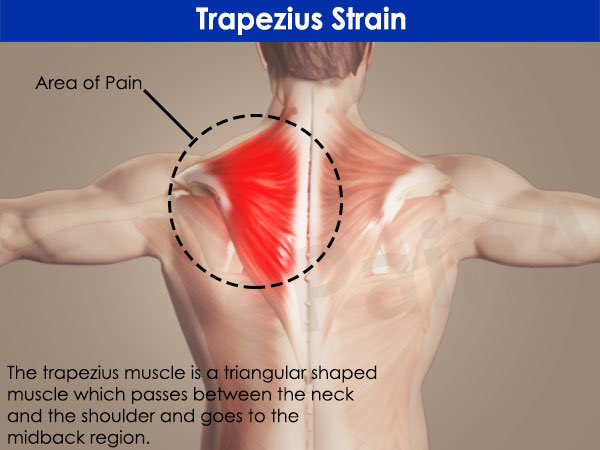 When the athlete is once again pain-free, he/she may begin functional exercises again.
When the athlete is once again pain-free, he/she may begin functional exercises again.
When Can I Return to Play?
The athlete can return to sport when he/she has been released by his/her physician and has full range of motion, full strength, and has completed full intensity functional training without pain.
Getting a Second Opinion
A second opinion should be considered when deciding on a high-risk procedure like surgery or you want another opinion on your treatment options. It will also provide you with peace of mind. Multiple studies make a case for getting additional medical opinions.
In 2017, a Mayo Clinic study showed that 21% of patients who sought a second opinion left with a completely new diagnosis, and 66% were deemed partly correct, but refined or redefined by the second doctor.
You can ask your primary care doctor for another doctor to consider for a second opinion or ask your family and friends for suggestions. Another option is to use a Telemedicine Second Opinion service from a local health center or a Virtual Care Service.
Another option is to use a Telemedicine Second Opinion service from a local health center or a Virtual Care Service.
Can Telemedicine Help?
Telemedicine is gaining popularity because it can help bring you and the doctor together quicker and more efficiently. It is particularly well suited for sports injuries and facilitating the diagnoses and treatment of those injuries. Learn more about speaking with a sports specialized provider via SportsMD’s 24/7 Telemedicine Service.
References
- Bahr, R. & Maehlum S. (2004). Clinical Guide to Sports Injuries. Human Kinetics: Champaign, IL.
- Brukner, P. & Khan, K. (2002). Clinical Sports Medicine (2nd Ed.). McGraw Hill: Australia.
- Rouzier, P. (1999). The Sports Medicine Patient Advisor. SportsMed Press: Amherst, MA.
Did You Pull a Muscle In Your Neck? Look for These 7 Signs
A pulled muscle in your neck can range from uncomfortable to really painful.
 Thankfully, it’s relatively easy to treat—and rarely serious.
Thankfully, it’s relatively easy to treat—and rarely serious.
What is a pulled muscle?
There are a lot of things we refer to as a pain in the neck—like waiting for the cable guy to finally show. But if you have a pulled muscle in your neck, the pain can be literal. Not only that, but it can lead to a limited range of motion.
Also known as a muscle strain, a pulled muscle occurs when a muscle is overstretched or torn.
Pulled neck muscles are a common source of neck pain, which affects more than 15 percent of adults in the United States, according to the 2018 National Health Interview Survey by the U.S. National Center for Health Statistics.
Most often, a pulled muscle in the neck affects the trapezius and the levator scapulae muscles.
“The trapezius muscle is located on the posterior aspect of the thorax and neck,” says Gbolahan Okubadejo, MD, spinal and orthopedic surgeon at the Institute for Comprehensive Spine Care in New York City.
That’s the medical way of saying you’ll find the muscle where the back of your neck and upper back meet.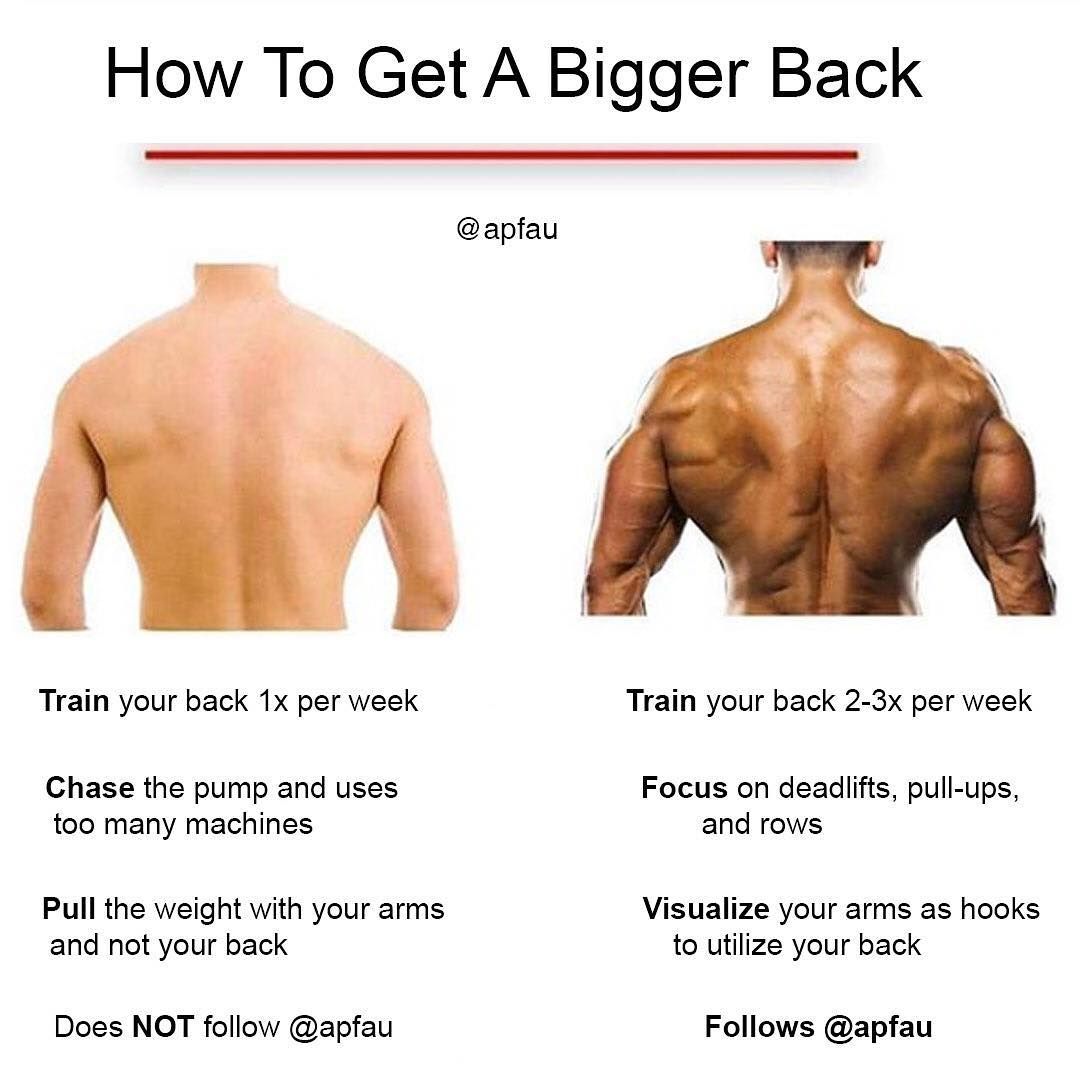
“It is responsible for stabilizing the shoulder blade, extending the head at the neck, and rotating the neck,” he says. “The levator scapulae is situated at the side and back of the neck, and its main function is to elevate the scapula [shoulder blade]. This muscle’s key role is rotating and bending the neck to the side.”
Despite coming with some potentially debilitating symptoms, a pulled muscle in the neck often can be treated at home relatively easily.
What causes a pulled muscle in the neck?
A pulled neck muscle can happen for a variety of reasons, ranging from poor posture to falls, collisions, sports injuries, or car accidents.
“Typically, they can occur when working past fatigue, overuse, or simply pulling beyond the muscle’s capabilities,” says Rahul Shah, MD, a board-certified orthopedic spine and neck surgeon at Premier Orthopaedic Spine Associates in Vineland, New Jersey. “Oftentimes, it is an innocuous movement that follows a series of heavy movements, which tends to push the muscle past its limits. ”
”
For example, Dr. Shah says, if you are lifting weights overhead and turn your head to look at something, it could push a neck muscle beyond its capabilities.
“When applied to everyday scenarios, this type of activity can occur when doing household chores, working for extended periods of time, or playing sports,” he says.
Charday Penn/Getty Images
How do you know if you have a pulled neck muscle?
If you’ve pulled a neck muscle, you’ll know it. The most common symptoms of a strained muscle are:
- Dull, sharp, and/or achy pain in the neck
- Possible shoulder pain
Additional symptoms may include:
- Stiffness in the neck
- Soreness
- Spasms
- A knot-like feeling
- Headaches
“Sometimes I can even see a decreased range of motion with muscle spasms, which can usually present themselves on the side and back of the neck,” says Oluseun A. Olufade, MD, assistant professor of orthopedics at Emory University School of Medicine in Atlanta.
How is a pulled muscle in the neck diagnosed?
If your neck muscle pain continues for more than a few days, continues to get worse, or spreads into the arms and/or hands, it’s important to seek a medical evaluation from your doctor.
Diagnosis typically starts with a review of your medical history and an overview of how the symptoms began.
“If the history is consistent with a pulled muscle, then additional examinations can be undertaken,” Dr. Shah says. “This may include evaluation of the area of the spasm to check for evidence of tenderness, muscle spasms, or tightness within the muscle.”
Your doctor may look for swelling or bruising and may evaluate your range of motion, not only in the neck and shoulder but also the torso.
Depending on what your doctor finds, you may need to undergo an X-ray, ultrasound, CAT scan, or MRI.
What are the treatments?
In most cases, you can treat neck muscle pain at home using heat and ice to help reduce swelling and inflammation, as well as acetaminophen and nonsteroidal anti-inflammatory drugs (NSAIDs) to treat pain and inflammation.
(Here’s how to use a neck heating pad to start soothing aches.)
Tried those without feeling better? Additional treatments for neck pain may include massage, gentle stretching, and muscle relaxants.
You’ll probably want your injury to heal up ASAP, but there is no set time frame for healing a pulled muscle in the neck.
“Most strains will get better within two hours. Some will take two days, and some will take two weeks,” Dr. Shah says. “Typically, most strains should be healed within two weeks.”
Of course, every person is different, so it may take longer for you to heal.
(Here are 4 trapezius stretches you can try to ease tension.)
Are there any serious complications?
As a standalone ailment, a pulled neck muscle generally is mild or moderate and does not result in any serious complications. However, neck muscle pain can indicate something more serious.
“For example, a patient can have severe nerve damage in the neck that initially presents as neck strain,” Dr. Olufade says.
Olufade says.
In some instances, neck muscle pain could be an initial symptom of a problem that exists outside the neck and could soon be joined by other symptoms, such as fever, chills, or difficulty with other organ systems.
“Therefore, it is advisable to look for any of these other symptoms when one has [symptoms of] a pulled neck muscle to ensure that it is just a pulled muscle,” Dr. Shah says.
How can you prevent a pulled muscle in the neck?
Although you can’t always prevent it, there are some lifestyle practices you can implement to help reduce the risk of neck muscle pain.
Protect yourself by strengthening your neck muscles, practicing proper sleeping habits (such as using the right kind of pillow), and maintaining good cardiovascular health to improve blood flow to muscles.
Try to keep good posture at your desk through the use of ergonomics, and avoid spending too much time looking down at your phone or reading in bed, Dr. Olufade says.
“This often results in neck injuries such as neck strain because of the forward position of the neck and rounded forward position of the shoulders,” he says. “These poor positions can predispose one to increased muscle tone, muscle injury, and pain.”
“These poor positions can predispose one to increased muscle tone, muscle injury, and pain.”
Next, find out seven possible reasons your neck hurts.
Neck strain: symptoms, treatment and diagnosis
Neck strain can occur due to any careless movement. The cause of the symptoms that accompany this pathological condition is microtrauma of soft tissue fibers. These areas accumulate lymphatic exudate, blood. As a result, an inflammatory process develops. Its intensity depends on the degree of soft tissue damage.
Causes of sprain
The cervical region contains 7 vertebrae. They are connected by intervertebral discs and ligaments. Muscles provide mobility of the head and neck. Such soft tissues are located near the spine. All this musculoskeletal system allows you to hold the spinal column. This department is not only the most mobile, but it is also the most vulnerable. This means that most often injuries occur on the soft tissues of the neck.
The main reasons for the development of pathology:
- injuries of any nature: as a result of a fall, impact, loss of consciousness, road accident;
- sudden muscle spasm, which can occur under the influence of external factors, for example, if a person is in a draft;
- sharp turn of the head;
- long stay in an uncomfortable position;
- hard physical labor or active sports;
- dislocation and subluxation of the neck joints.

However, not only external influences and spasm of the neck muscles lead to stretching. Such a pathology also develops as a result of degenerative and dystrophic processes occurring in the joints of this spine. With more intense exposure, soft tissue rupture occurs. In old age, muscles and ligaments lose their elasticity, which makes them more vulnerable. For this reason, a careless fall, in which the head assumes an unnatural position, can lead to rupture of the ligaments.
Symptoms
Stretching of the neck muscles is always accompanied by pain. This is the main symptom of pathology. The intensity of pain may vary. It all depends on the condition of the tissues, the degree of their damage. Other symptoms:
- numbness of the upper limbs;
- head restriction;
- with damage to certain muscles and ligaments, as well as with dislocation, subluxation, the head may be in an unnatural position;
- edema develops, its intensity is also determined by the degree of soft tissue damage;
- the color of the skin changes, more often this symptom manifests itself when the ligaments are torn;
- muscle spasms.

Sometimes a neck injury is reflected in other parts of the body: a headache appears, and there are also unpleasant sensations in the shoulder joint. This is due to the redistribution of loads on soft and hard tissues, compression of nerve endings and blood vessels. In addition, if there is dysfunction of some muscles, other parts of the cervical region are affected more intensely.
Degrees of damage
There are several stages of pathology:
- Microtrauma. They provoke pain of moderate intensity. In this case, edema does not always develop. There may be a slight decrease in mobility or discomfort when attempting to move the head. Recovery from microtrauma of soft tissues occurs in 5-7 days.
- Significant muscle strain that accompanies severe sprain. In this case, recovery can take 1.5-2 weeks. Symptoms in this condition: intense pain, a clear limitation of movement.
- Tissue tear. This pathology is treated under the supervision of a doctor, recovery may take several months.
 Symptoms: unbearable pain, severe swelling, discoloration of the skin: redness, cyanosis, inability to move the head.
Symptoms: unbearable pain, severe swelling, discoloration of the skin: redness, cyanosis, inability to move the head.
How to alleviate the condition immediately after an injury?
If you are interested in the answer to the question of what to do with such a pathology, you need to know that first aid is to relax the muscles. You can not actively move your head and arms, as this involves the soft tissues of the cervical spine. It is recommended to lie on a horizontal flat surface and place a homemade roller, twisted from improvised materials, under the neck. This will contribute to an even distribution of the load on the spinal column, and at the same time on the muscles.
In case of neck sprains and microtraumas of muscle fibers, it is recommended to apply a cold compress. This measure reduces the intensity of swelling and pain. It is not recommended to apply ice directly to the outer covers, it should be wrapped in a woven material. If possible, you should consult a doctor yourself.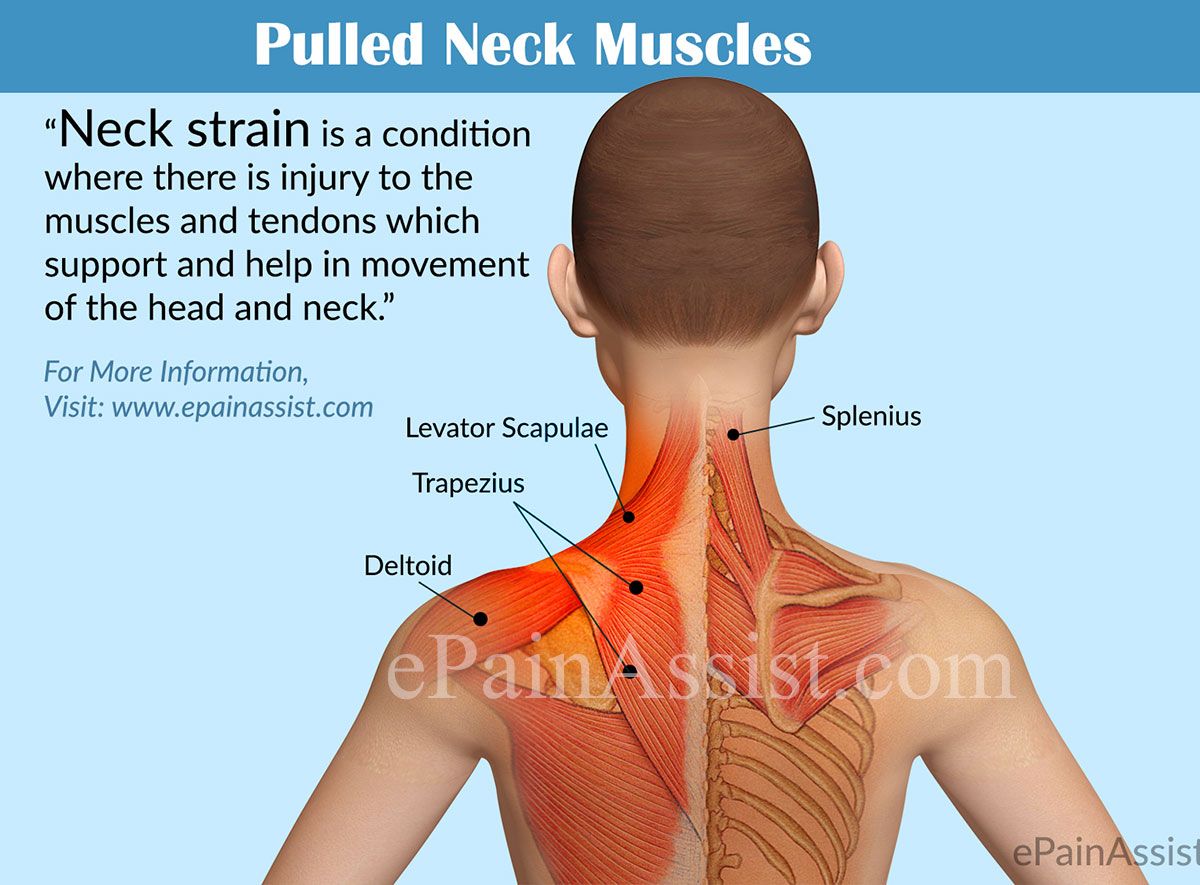 Otherwise, the specialist should conduct an examination at home.
Otherwise, the specialist should conduct an examination at home.
At one’s discretion, it is impossible to develop muscles immediately after injury, as this may provoke a deterioration in the condition.
Diagnostics and methods of treatment
The doctor collects an anamnesis, examines the patient by palpation. Available diagnostic measures: X-ray, MRI, CT, ultrasound. An x-ray will show the condition of the bone tissue, but it will not be possible to assess the degree of intensity of damage to the ligaments. The most informative methods: MRI, CT. Treatment must be comprehensive. Main stages:
- drug therapy;
- massage;
- physiotherapy exercises.
First of all, it is necessary to immobilize the cervical spine, for which a Shantz splint is used. This is a universal method that allows you to restore the function of soft and hard tissues in case of injuries, muscle strain, degenerative and dystrophic processes. The collar provides a smooth, almost imperceptible stretching of the cervical vertebrae, and with them the muscles and ligaments. This measure allows you to reduce the load on the deformed tissue areas, provides expansion of the articular joints.
The collar provides a smooth, almost imperceptible stretching of the cervical vertebrae, and with them the muscles and ligaments. This measure allows you to reduce the load on the deformed tissue areas, provides expansion of the articular joints.
When muscles and ligaments are stretched, different types of drugs are prescribed:
- non-steroidal anti-inflammatory drugs;
- analgesics;
- decongestants.
When deciding how to treat a sprain, remember that hot compresses should not be used immediately after an injury. This measure contributes to the development of the intensity of the inflammatory process. With micro-ruptures, after a few days, you can begin to develop soft tissues with the help of exercise therapy and massages (point and general).
Exercises are performed only after the pain has passed.
The purpose of these activities: blood flow to the affected area, restoration of mobility of the cervical spine.
In case of mild sprain, moderately warm compresses can be applied after 24 hours. It is important to make sure that the inflammatory process has subsided.
Along with the tablet form of anti-inflammatory drugs, ointments and gels with similar properties are used. Such drugs help to quickly eliminate symptoms. You can use them a few days after injury. It is not recommended to do this right away, since at the initial stage, when stretching, any load on the neck should be excluded, including the effect on the muscles that occurs when rubbing. Examples of anti-inflammatory drugs for external use: Fastum-gel, Teraflex.
Surgical intervention is required in cases where the injury is serious (torn ligaments) and there is no way to restore mobility to the cervical spine. In addition, the operation is performed if there is instability of the vertebrae. In most cases, conservative treatment is sufficient.
Folk remedies
To restore the functionality of the cervical spine and muscles, it is recommended to use products containing collagen..jpg) This substance is actively involved in metabolic processes, helps to restore the level of protein in the muscles. For this reason, a gelatin-based agent is used during stretching: it is diluted with water and applied to the affected area. Other folk recipes:
This substance is actively involved in metabolic processes, helps to restore the level of protein in the muscles. For this reason, a gelatin-based agent is used during stretching: it is diluted with water and applied to the affected area. Other folk recipes:
- Chicken protein. It must be carefully separated from the yolk and applied to pre-folded gauze several times. Make a compress on the affected area, hold it for at least 1 hour.
- Blue clay. The powder is mixed with water to a creamy consistency, then the substance is applied to the outer integument where pain is felt. The duration of treatment is 2 hours.
Complications and prevention
Any microtrauma leads to a decrease in muscle elasticity. With stronger ruptures of fibers in the musculoskeletal system, the load on the joints and tissues is redistributed, which leads to the development of degenerative and dystrophic processes. As a result, the risk of injury increases even with a slight external impact. In addition, the mobility of the head may decrease.
In addition, the mobility of the head may decrease.
In order to prevent the occurrence of more serious pathologies in the future, preventive measures should be taken:
- move more;
- if working at a computer interferes with an active lifestyle, you should regularly do exercises aimed at developing the muscles of the neck;
- before playing sports, it is necessary to warm up, while a short warm-up is performed, aimed at increasing muscle tone.
Watch this video on YouTube
Care must be taken when driving in dangerous places, while sleeping, you need to take a comfortable posture.
5 exercises to strengthen the neck muscles
Do you want to strengthen your neck muscles, improve blood circulation and mobility of the cervical spine, reduce tension and pain? Then do the exercises recommended by our exercise therapy doctor Yulia Sergeevna Sorokina. They will be useful for the prevention of cervical osteochondrosis, and for chronic headaches.
Exercise #1
Try to lock your shoulders. To do this, you can use a chair with a back or stand close to the wall. Keeping your shoulders at the same level, start turning or tilting your head. Do this with a comfortable amplitude: first – in one direction, linger for a few seconds in this position, then – in the other direction. It is advisable to start the movement from the side that does not bother, is not tense or less tense. Then follow the same movement with a little tension. With your head tilted, slightly increase the stretching of the neck muscles with your hand, linger in this position for a few seconds, then change position. It is important not to raise your shoulders – keep them at the same level.
Exercise #2
Turn your head. The task is to turn your head exactly as much as you feel comfortable! Put your hands on the sternum and pull it down slightly. Turn your head a little more to the side to stretch the muscles of the anterior lateral surface. Hold this position for a few seconds, then perform several turns with a comfortable amplitude.
The task is to turn your head exactly as much as you feel comfortable! Put your hands on the sternum and pull it down slightly. Turn your head a little more to the side to stretch the muscles of the anterior lateral surface. Hold this position for a few seconds, then perform several turns with a comfortable amplitude.
Exercise #3
Can be used with shoulder girdle fixation. Put your left hand on your right shoulder, turn your head in the opposite direction. As you exhale, gently tilt your head to your shoulder, feel the stretch in the muscles of the side of the neck. Hold for a few seconds and return to the starting position. Then change your hand. Repeat the same movement on the opposite side. Breathe calmly, measuredly, try not to hold your breath.
Exercise no. 4
Can be performed using a special back roller
or a blanket rolled tightly into a tight roll. Try to lie on a flat surface, put the roller under the base of the skull so that it is on the border of soft and hard tissues.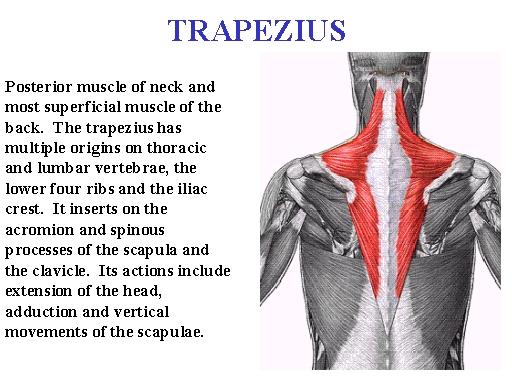 Relax your shoulders and slowly, as you exhale, turn your head to one side and the other. Very slowly roll the base of the skull over the roller and track the areas where painful points appear. Try to linger on them – up to a minute at each point, until the feeling of tension fades. Then return to the starting position and try to relax, stretch the cervical spine.
Relax your shoulders and slowly, as you exhale, turn your head to one side and the other. Very slowly roll the base of the skull over the roller and track the areas where painful points appear. Try to linger on them – up to a minute at each point, until the feeling of tension fades. Then return to the starting position and try to relax, stretch the cervical spine.
Exercise #5
Best performed using a band expander. Get on all fours and spread your arms shoulder-width apart. Put the expander on the back of your head and lower yourself so that the ends of the tape hang freely. Fix them with your palms. Take your shoulders back slightly parallel to the floor. Stretch with the top of your head so that the expander is slightly stretched. Stretch, relax, stretch, relax. There should be a very slight feeling of tension in the muscles of the neck.
Perform the proposed set of exercises daily in several sets, gradually increasing the number of repetitions from 6 to 10.



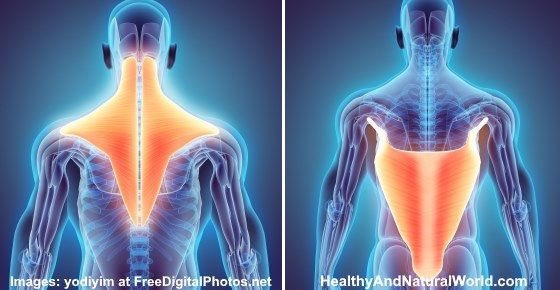 Symptoms: unbearable pain, severe swelling, discoloration of the skin: redness, cyanosis, inability to move the head.
Symptoms: unbearable pain, severe swelling, discoloration of the skin: redness, cyanosis, inability to move the head.